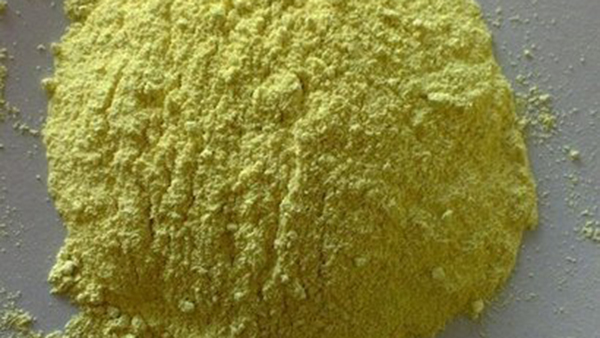We generally know that rubber-specific sulfur powder is used in a large amount in the rubber production industry, but we may not understand that there are various vulcanization systems in the vulcanization process. Because of different vulcanization conditions, the quality of the rubber produced is also different.
1. Ordinary sulfur vulcanization system
Common vulcanization system refers to the vulcanization system within the usual sulfur dosage range of diene rubber, which can be used to prepare soft and high elastic vulcanizate. Most of the vulcanizate networks obtained by ordinary vulcanization systems contain polysulfide crosslinks and have a high degree of backbone modification: the vulcanizates have good initial fatigue properties. At room temperature, it has excellent dynamic and static properties. The disadvantage is that it is not resistant to high temperature oxygen aging, and the vulcanizate cannot be used for a long time at higher temperatures.
2. Effective vulcanization and semi-vulcanization system
The difference between effective and semi-effective vulcanization systems is the crosslinking efficiency of sulfur in the vulcanization reaction. In the vulcanization networks of these two vulcanization systems, monosulfide crosslinks and disulfide crosslinks dominate, accounting for more than 90%.
3. High temperature vulcanization system
In order to improve production efficiency, the automation and linkage of the rubber industry has become an inevitable trend, so high-temperature rapid vulcanization is also widely used. For example, injection vulcanization, continuous cable vulcanization and ultra-high frequency vulcanization are all based on high temperature rapid vulcanization. The so-called high temperature vulcanization refers to the vulcanization at a temperature of 180~240℃, which is much higher than the traditional vulcanization temperature of 140~150℃. According to the vulcanization temperature effect, the vulcanization temperature coefficient changes in the range of 1.8~2.5, and the vulcanization time can be shortened by about half for every 10 °C increase in temperature, which greatly improves the production efficiency. However, when the vulcanization temperature increases, the physical and mechanical properties of the vulcanizate, such as tensile strength, elastic modulus, elongation at break, hardness, and resilience will decrease. This is related to the decrease in crosslink density during high temperature vulcanization.
4. Balanced vulcanization system
In order to eliminate the reversion of the vulcanizate, the crosslinking density of the vulcanizate is in a dynamic constant state under the condition of equal molar ratio with sulfur and accelerator. The difference between the vulcanizate of the balanced vulcanization system, that is, the EC vulcanizate and the CV, is that the crosslink density is constant in the longer vulcanization cycle, so it has excellent heat aging resistance and fatigue resistance. The compound of the balanced vulcanization system has the advantages of high strength, high tear resistance, thermal oxygen resistance, vulcanization reversion resistance, dynamic fatigue resistance and low heat generation, so it is used in long-life dynamic fatigue products and giant engineering tires. It has important applications in product manufacturing and so on.

